A Mission Into the Unknown
On the snowy evening of November 23, 1953, First Lieutenant Felix Moncla Jr., a 27-year-old Korean War veteran from Mansura, Louisiana, and Second Lieutenant Robert L. Wilson, a 22-year-old radar operator from Oklahoma, took off from Kinross Air Force Base in Michigan’s Upper Peninsula. Flying an F-89C Scorpion jet, their mission was to intercept an unidentified object detected by Air Defense Command radar over the Soo Locks, a restricted U.S.-Canada border zone. At 6:20 p.m., radar at Sault Ste. Marie tracked the anomaly moving at 500 mph over Lake Superior, prompting the scramble, as reported in a 1953 Wisconsin State Journal article. Moncla, guided by ground control due to Wilson’s radar issues, climbed to 30,000 feet, then dove to 7,000, closing in 70 miles off Keweenaw Point. At 6:55 p.m., radar showed the jet’s blip merge with the unknown object’s, forming a single signal that vanished seconds later. No distress call, no debris, no trace of the men or plane emerged, despite Lake Superior’s 483-foot average depth making recovery feasible.
The U.S. Air Force claimed Moncla chased a Royal Canadian Air Force C-47 Skytrain off course and crashed due to vertigo, per a FOIA-released report by Robert Todd. The RCAF, in a 1954 letter to UFO researcher Donald Keyhoe, denied any aircraft in the area, contradicting the USAF. Moncla’s wife, Bobbie Jean, received conflicting accounts, as shared in the 2005 documentary The Moncla Memories, fueling cover-up theories. The incident, eerily similar to the 1948 Mantell Incident where a pilot died pursuing a UFO, remains a cornerstone of UFO lore. For researchers, the National Archives’ FOIA portal offers declassified USAF files, while the Keweenaw Peninsula’s tourism site invites exploration of its Cold War history, grounding this mystery in a tangible place.
A Radar Anomaly That Defies Explanation
The radar data is the case’s chilling core. Ground controllers at Calumet Air Force Station watched Moncla’s jet chase the object for 30 minutes, its path shifting from west-northwest to east-northeast, as detailed in Donald Keyhoe’s 1955 book The Flying Saucer Conspiracy. At 8,000 feet, the two blips merged, with a radar operator, quoted in a 1958 leaked USAF document, saying the UFO “swallowed” the F-89. The single blip lingered briefly, then vanished, per a 1964 NICAP report. Despite extensive U.S. and Canadian searches by the 49th Air Rescue Squadron, no wreckage, oil slick, or debris surfaced in Lake Superior’s shallow waters. A rumored radio transmission from Moncla 40 minutes later, cited in a 2023 Talking Strange podcast, lacks verification, deepening the enigma.
The USAF’s vertigo theory crumbles under scrutiny: Moncla’s expertise and the jet’s instrument navigation rule out disorientation, and no C-47 was present. Alternative explanations—mechanical failure or collision—fail without debris. A 2006 hoax by the “Great Lakes Dive Company” claimed an intact F-89 and UFO-like object were found, but the group vanished, as MUFON’s 2007 investigation confirmed. The radar merger suggests an unknown force—possibly extraterrestrial or advanced tech—caused the jet’s disappearance, whether by abduction or interference. This echoes the 1952 Washington D.C. UFO flap, another radar-driven mystery. The Michigan Tech Open Skies Project, restoring Calumet’s radar site, offers context on 1950s tech, while MUFON’s archives provide UFO research for enthusiasts.
A National Security Threat Unacknowledged
The Kinross Incident poses a stark national security question: how could a military jet vanish at 8,000 feet with no distress call or wreckage? The radar merger implies the UFO caused the disappearance, yet the USAF’s dismissal ignores the threat of an unidentified entity neutralizing a fighter jet undetected, as noted in a 1959 Project Blue Book conversation cited by Keyhoe. Lake Superior’s depth should have yielded debris, unlike deeper ocean vanishings, making a crash unlikely. Theories of abduction or portal-like phenomena, while speculative, stem from the absence of physical evidence, per a 2023 X thread by @richgel999. The Pentagon’s 2021 UAP report and 2023 AARO findings avoid extraterrestrial conclusions, citing insufficient data, and prioritize foreign tech risks, leaving Kinross unexplained.
Moncla, a football-playing “Ragin’ Cajun,” and Wilson, a skilled radar specialist, are honored at Kincheloe Air Force Base Memorial Park, where visitors reflect on their loss. Moncla’s Louisiana gravestone, reading “Disappeared Nov. 23, 1953 intercepting an UFO,” per a 2023 973thedawg.com article, reflects local belief in the extraordinary. The USAF’s shifting narratives and redacted FOIA files fuel distrust, akin to the Mantell Incident’s secrecy. The National UFO Reporting Center’s database offers 1950s case comparisons, while Keweenaw’s historical tours frame the era’s paranoia. This unsolved case—where a jet chased the unknown and vanished—demands we question why UAPs aren’t deemed threats when they may have claimed two airmen, leaving only silence over Lake Superior.

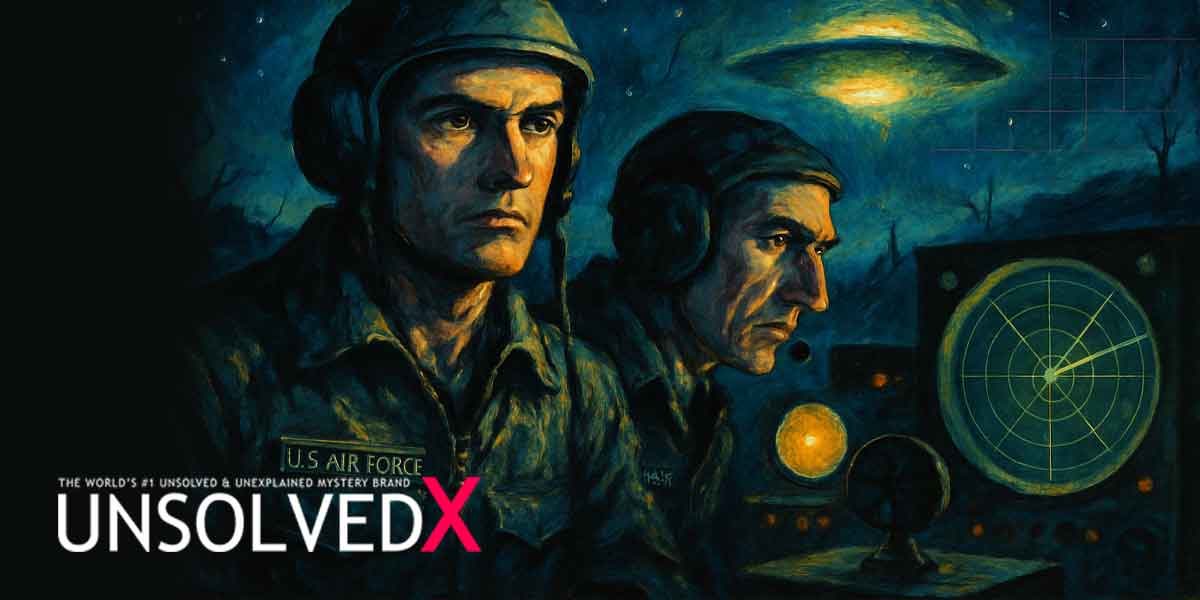
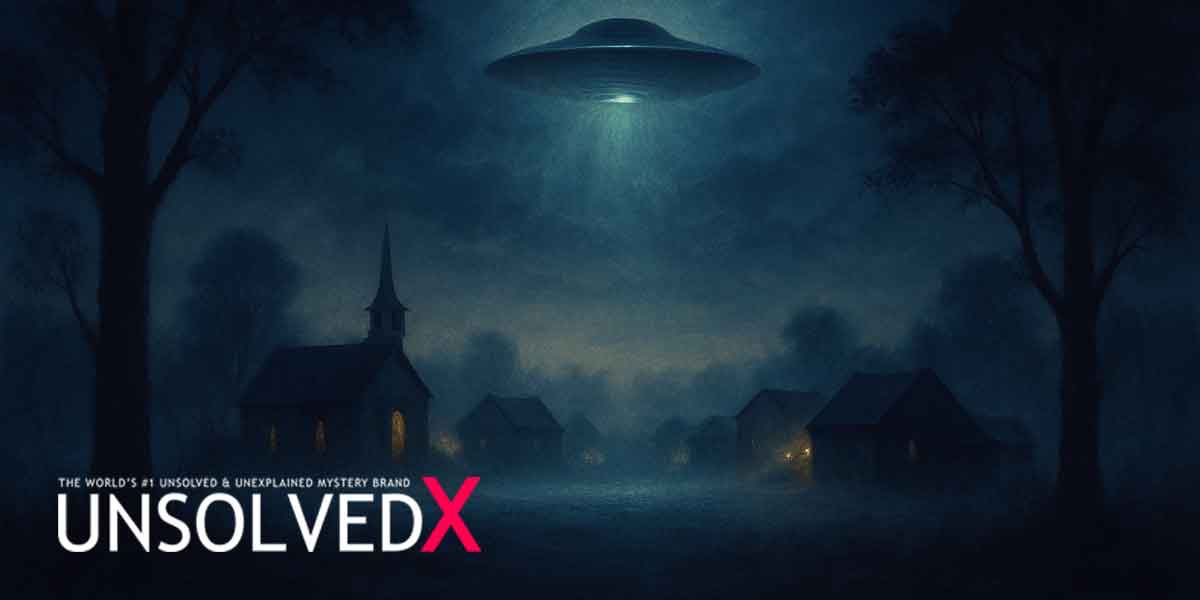


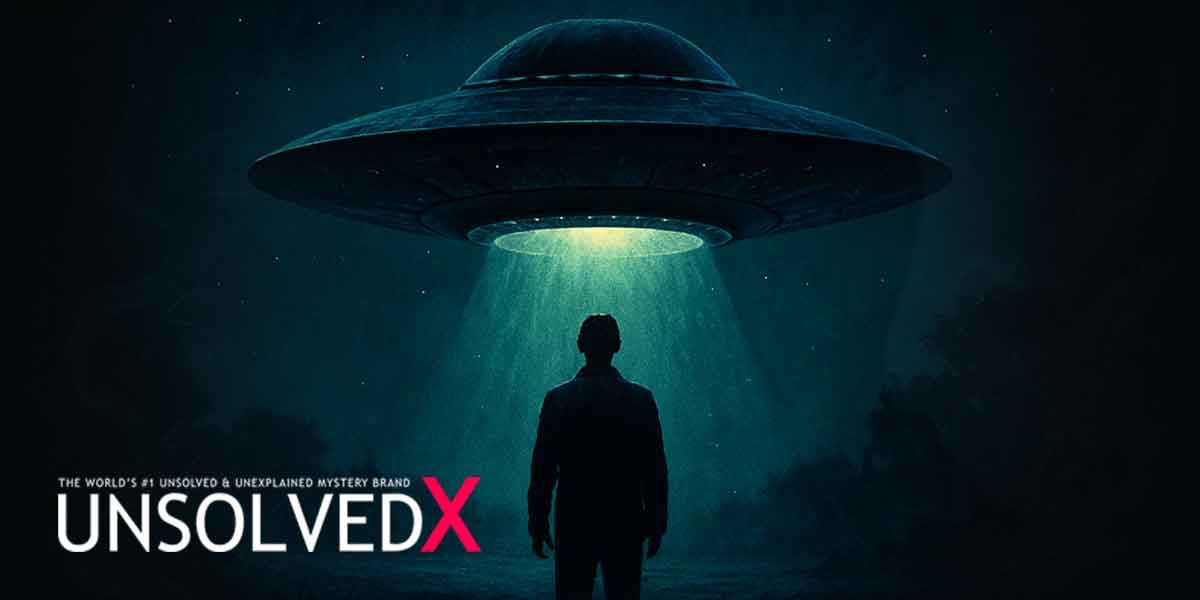


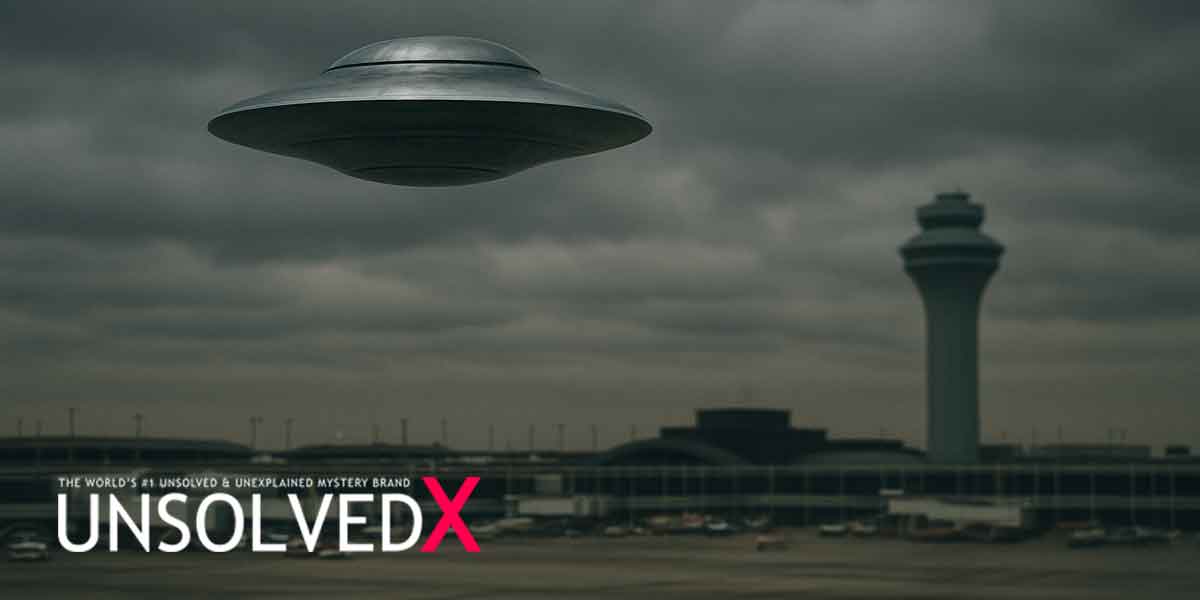
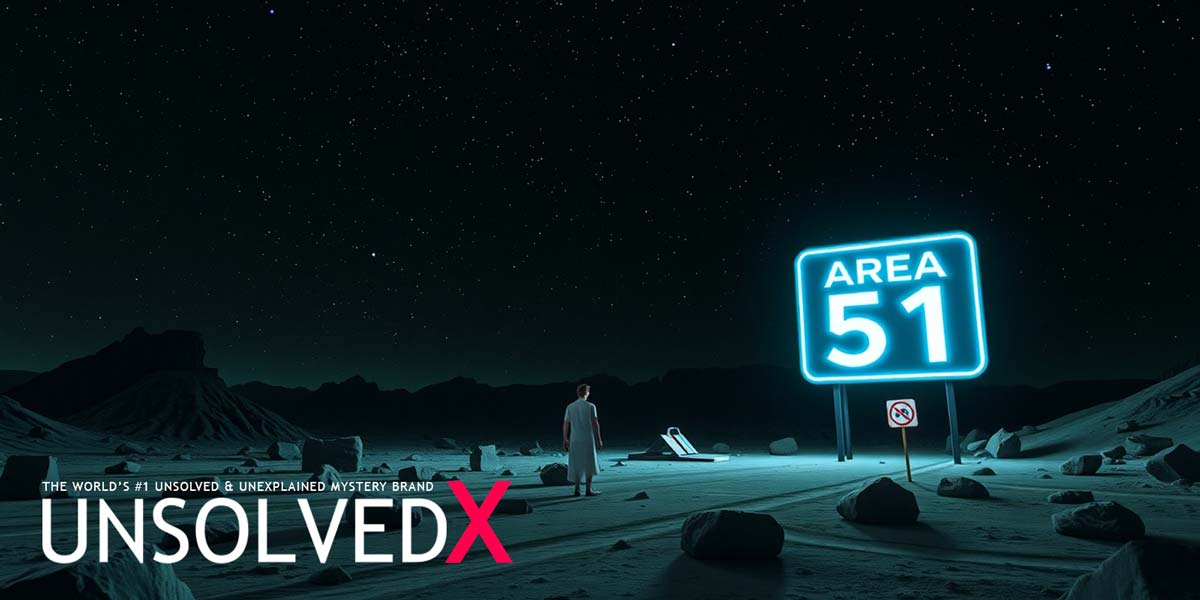
Comments
Comments section coming soon!